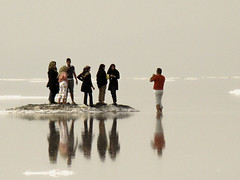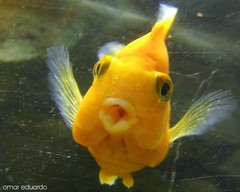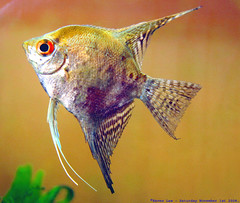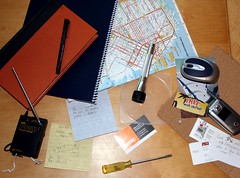
Warranambool is located in Victoria and is a popular place for deep sea fishing and whale watching. In fact, Warranambool is called Victoria's Southern Right Whale Nursery. The whales swim within 100 hundred meters of the shore so you can hire a fishing charter and see the whales in all their glory. You can also hire a deep sea fishing charter, as the waters around the area offers a wide variety of reef fish that include squid, snapper, gummy shark, morwong, and couta, just to name a few. Here are few tips and guidelines while choosing a fishing charter.
• The first thing to consider is what you need the charter for.? Are you looking at a day of whale watching? Or are you aiming for the big catch of the day? Or specifically interested in tuna fishing in Victoria? Your needs will dictate the terms of your fishing charter. You may find some fishing charters that specifically carter to whale watching and some that will help you with deep sea fishing.
• If it's fishing you're looking at, you need to evaluate your skill and level of competence. You will find fishing charters specially for first timers and some that are meant for more experienced fisherman. Some people consider fishing to be their time with themselves away from the family! While some think it's a great way to spend time with the family. In Warranambool, you will find fishing charters for family outgoings and solitary fishing experiences! So pick one accordingly and you are sure to have a more enjoyable experience.
• Are you looking for a particular type of fish? Is it a snapper, or has tuna fishing in Victoria piqued your interest? You can find fishing charters that specialise in particular species of fish that makes things a lot easier for you and you are sure to find what you are looking for!
• While considering your options, ask the locals for recommendations. You can also read some travel blogs and see what other travellers like you have to say and what they recommend. It is also a good idea to visit bait shops, the marina and stores that sell fishing goods for some leads.
• Meet with the captains of the shortlisted charters and ask them about the trip and services they have to offer. Have a look at the charter; is it a vessel that looks comfortable and one that you will be comfortable to travel on? Make sure the deep fishing charter you choose is safe and in good condition.
• Price is another important aspect of hiring a fishing charter. You don't want to exhaust your holiday fund on one fishing trip! So find a charter that is well priced. Peak season rates will be higher than usual. Also make sure you find out about the deposit amount and terms and conditions of the rental.
When it comes to selecting a deep sea charter, there are numerous factors to consider. Not only do you want to find a charter that is reputable and professional, you also want to look for one that will meet your individual needs. This means that before you even make preparations to spend a day on the open water, you should decide what it is that you specifically want from the experience.
On the other hand, high speed trolling is a very popular option for more experienced anglers who may not have all of their own equipment to go out on an expedition of their own. High speed trolling is best done during the summer months, when conditions are optimal to catch larger game fish, such as bull dolphin, yahoo, and sailfish.
One of the best things you can do when searching for a charter that will meet your needs is to ask the captain up front what it is they offer. You certainly don’t want to waste your time and money on an expedition that is not suited to your needs. Many charter services are very up front about the different options they offer. As a result, you can determine which type of charter is the best fit for your individual needs.
After you decide what type of specific experience you want, you should determine how much you are willing to pay for the charter. For smaller boats (that typically hold between two to four people, prices typically start at around $200 -– $400. To hire a bigger boat for an all-day fishing excursion, you’re looking at between $900- and $1,200. Another important factor to consider is the reputation of the charter.
Search online if you need to find out more about fishing charters in Warranambool or are looking to hire a deep sea fishing charter. For more info visit our website www.southerncoastcharters.com.au.
Eduardo Dean is a Travel Guide and specialises in organising Fishing Charters.
www.southerncoastcharters.com.au








